
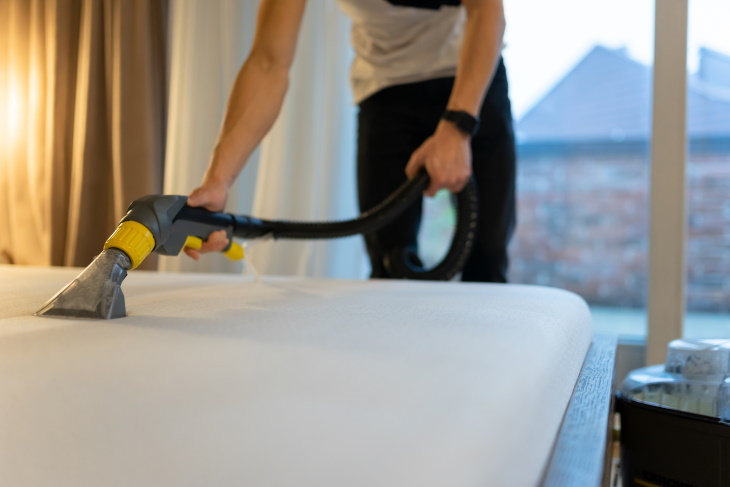
It’s mind-blowing to realize just how much time one spends on a mattress - it’s around a third of your entire life! During its lifespan, a mattress collects everything from skin flakes to bodily fluids, dust, and germs. To give you an idea of just how much buildup we’re talking about, estimates suggest that a 10-year-old mattress contains around 10 pounds worth of skin flakes. The older your mattress, the more susceptible it is to dust mites and bed bugs too.
So there are plenty of reasons why experts suggest replacing a mattress every 7-8 years and giving your mattress a regular scrubbing. Take advantage of that mattress attachment that comes with your vacuum. You only need to clean the mattress every 6 months, provided that you change the sheets every 1-2 weeks.
Washable mattress covers are also super helpful at catching any stains and dust. When your mattress is in dire need of deep cleaning, we have a step-by-step guide you can follow here.
Related Article: 9 Signs It's Time for a New Mattress
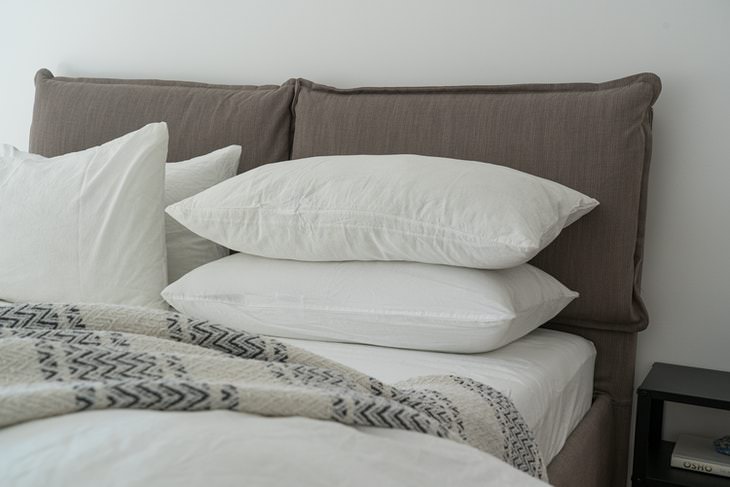
In many ways, pillows are comparable to mattresses. They serve us for years and tend to build up plenty of grime and dust, we’ll spare you the gruesome details. What makes cleaning pillows even more important is that we rest our heads on them, so keeping them clean and free of germs and allergens is pretty important.
Experts recommend replacing the pillowcase at least once a week and using an anti-allergy cover to protect the pillow. But the pillow itself also needs regular airing out and cleaning too. Generally speaking, pillows need to be washed twice a year. The same goes for your comforters and weighted blankets. We explain how to do so here:
- How to Choose and Care For a Weighted Blanket
- Simple Tips to Help Enhance the Durability of Your Pillows.
How do you know that it’s time to replace your pillow? Fold the pillow in half and see if it springs back to its shape. If it doesn’t, it’s a good indication that you need a new pillow. Also, look for any visible dents or folds caused by wear and tear.
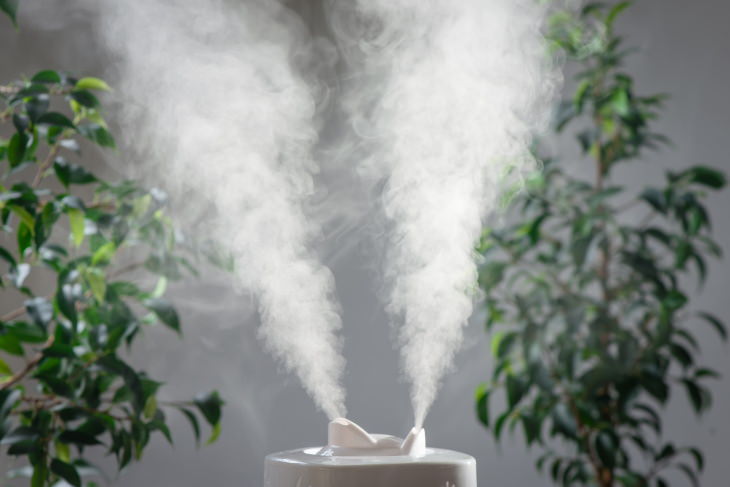
Do you have a humidifier in your bedroom? There are many great reasons why you should have one, and we explain them all here - 12 Reasons Why You Need a Humidifier in Your Home. But that’s a little beside the point.
Let’s say you already have a humidifier and used it all winter. Do you change the water daily? Did you ever clean the humidifier or replace the filter? If you answered ‘No’ to any of these questions, you may have mold growing in the humidifier. These devices work by turning water (and everything in the water) into a mist. This includes the mold and bacteria that could build up in the humidifier’s container or filter, so these devices can become a health hazard if not cleaned properly.
Lastly, make sure to only use distilled or filtered water in the humidifier. Hard tap water is rich in minerals that could clog up the device and spread, leaving a halo of white dust landing on nearby furniture and the floor. We don’t mean to scare you, but changing humidifier water every day, cleaning the device every week, and replacing the filter in the humidifier is crucial.
Learn to clean your humidifier properly in minutes here - How to Clean and Sanitize a Humidifier
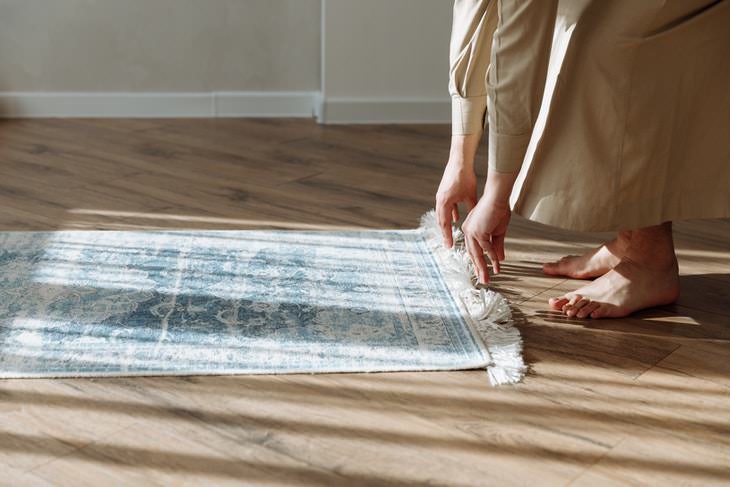
You’re not the only one who enjoys the soft and cushiony carpet in your bedroom. It turns out that the thing is a real dirt and germ magnet. Yes, we’re back with more scary statistics. Did you know that, on average, a carpet harbors four thousand times more bacteria than a toilet seat? The estimate is around 200,000 bacteria per square inch (or 6.5 square cm). So don’t think that the carpet in the bedrooms needs less vacuuming just because it gets less traffic. Experts still recommend vacuuming carpeted surfaces every week and shampooing the carpet once or twice a year.
Tip: If you have pets and those pets get fleas, the pests can also live in the carpet fibers. So make sure to disinfect carpets and rugs after treating your pets.
Related Article: How to Keep Your Carpet Looking Clean and New!
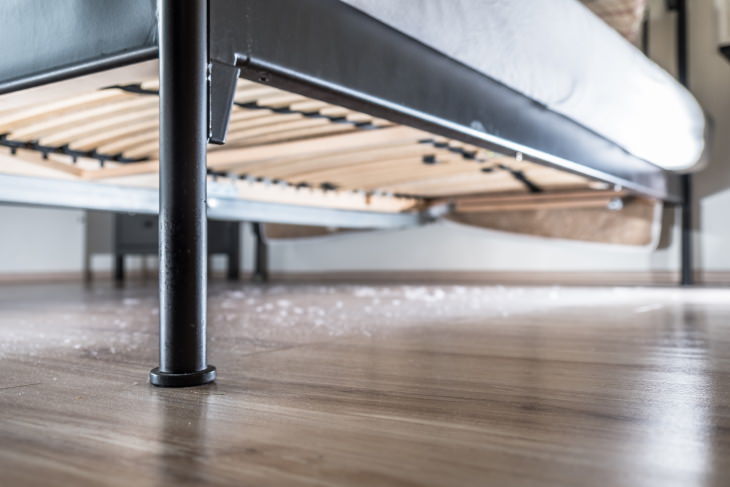
Like every room in your home, the bedroom has plenty of nooks and crannies where few cleaning products “roam.” The closet floor, the top of the ceiling fan, light fixtures, picture frames, and the vast space underneath the bed are all places we commonly miss when we’re cleaning in a hurry.
But all of these spots can and do accumulate just as much dust and grime as more high-traffic areas, so don’t forget to give them a thorough dusting and cleaning every now and then. Most of us don’t have the time to clean these easy-to-overlook spots every week, but doing so once a month sounds like an achievable goal, doesn’t it?
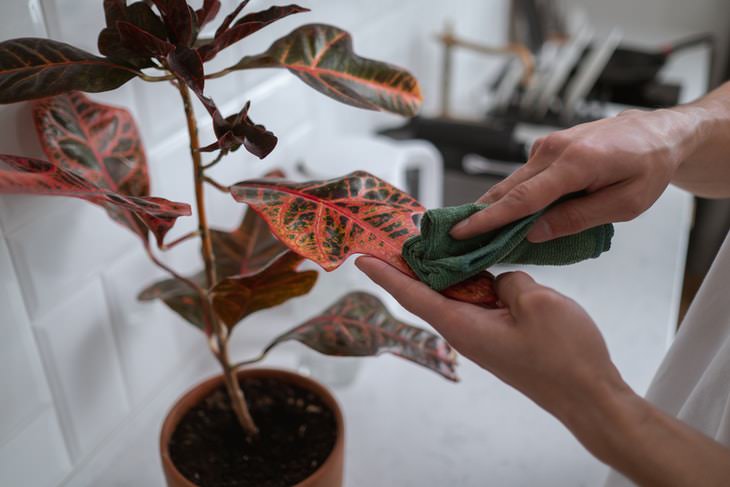
People love keeping houseplants in the bedroom, and it’s easy to understand why. Plants create a pleasant ambiance and purify the air. What some people don’t realize, however, is that most houseplants accumulate dust and can harbor mold in certain situations.
Clean your plant’s leaves every month or so to remove any dust. Coincidentally, this also improves the plant’s ability to photosynthesize and keeps pests at bay, so you’ll be making your plant a big favor too.
In addition, avoid overwatering your plants. Otherwise, the soil will start developing mold. Water the plant only when the top of the soil dries out, and empty the saucer after watering the plant.
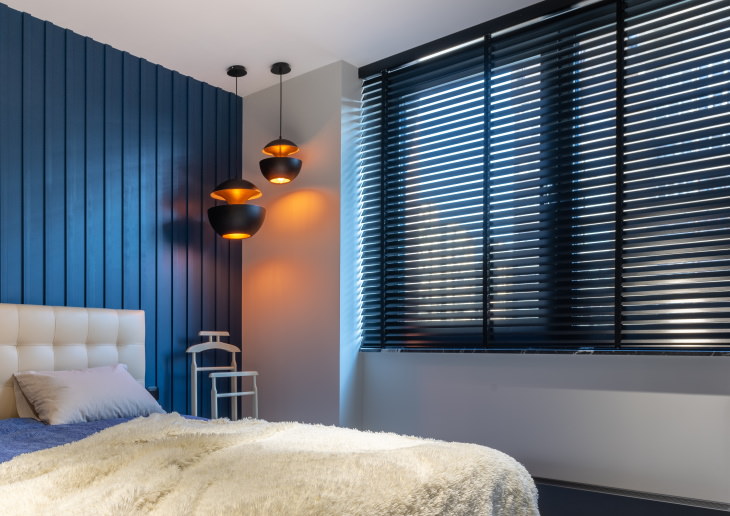
Every slat on your window blinds collects all the dust, allergens, and germs you encounter in other parts of your bedroom. The only difference is that we clean them ten times less than other surfaces. That’s because window blinds often seem too difficult to clean, but they’re really not. You don’t need to take them down and carry them to the sink every time.
Here’s how you clean the window blinds when they’re hanging up:
1. Lower the blind and close the slats.
2. With the dusting attachment on, vacuum the blind. Now reverse the direction of the slats and vacuum the other side of the blind.
3. Soak a cloth in some soapy water and wipe down the blind on both sides.
4. Rinse the cloth in plain water and wipe down the blind to clean away the soapy water. You’re done!
The whole process takes only a few minutes, so you’ll be able to clean the blinds every month or so easily. While you’re at it, we also recommend giving the windowsill and the window frame a quick clean too.
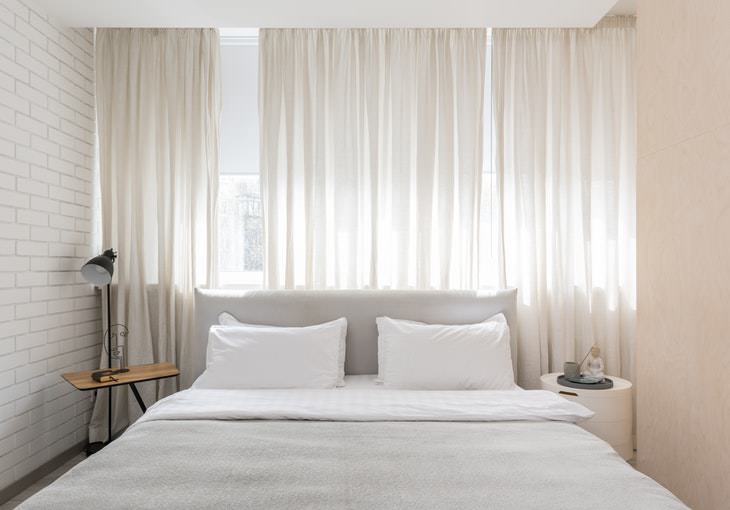
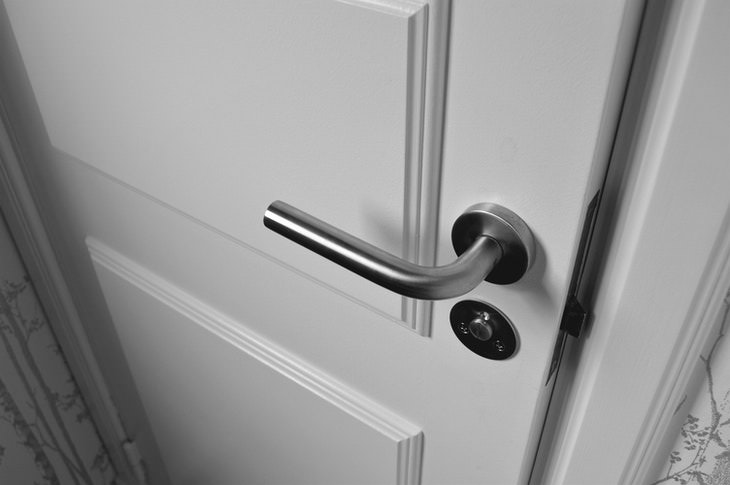
We’ve all learned this the hard way lately, but door handles need a good wipe-down or even sanitization to kill off any bacteria and viruses that could have been left behind after touching the door handle with unwashed hands. Make sure to wipe down the door handle on both sides of the door every week, and use a disinfectant spray or solution too.
The same rule works for light switches on the wall, light switch remote controls, air conditioner remotes, and thermostats in the room.
